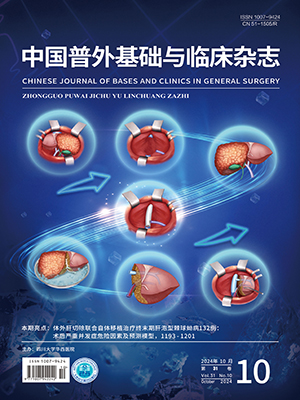Objective To evaluate the effect of pulse dye-densitometry by indocyanine green test (PDD-ICG)on the assessment of hepatic function reserve. MethodsSeventy-five hepatic carcinoma patients aimed to accept hepatectomy from March 2007 to February 2008 at West China Hospital were prospectively included in this study.Patients were grouped by dysfunction grade of hepatic function and the indexes before operation were compared.Furthermore, patients were grouped by K and R15 value to compare the moderate and severe liver dysfunction ratio, respectively. ResultsSixty cases manifested slight liver dysfunction,12 cases manifested moderate liver dysfunction,and 3 cases manifested severe liver dysfunction(the latter was took into moderate group due to the cases were too few).The difference of Child-Pugh score and common liver function examination indexes such as PT and INR before operation was not significant betweentwo groups(P>0.05).ButPDD-ICG experiment indexes(K and R15)were remarkable different betweentwo groups(P<0.05).The patients were divided into two groups according to K and R15 value,respectively.The rate of moderate and severe liver dysfunction was significant different between K<0.158/min groupand K≥0.158/min group(47.1% vs. 12.1%,P<0.05),and likewise moderate and severe liver dysfunction was significant different between R15≤10% group and R15>10% group(15.9% vs.41.7%,P<0.05). ConclusionPDD-ICG is an effective and easyto evaluate hepatic function reserve of patient undergone hepatectomy.Therefore,it may give clinical instruction to predict and avoid the liver dysfunction after operation.
Citation: DU Zhenggui,LI Bo,FENG Xi,YIN Jie,YANLnan,WEN Tianfu,ZENG Yong. Value of Indocyanine Green Test by Pulse Dye-Densitometry to Evaluate Liver Dysfunction of Hepatic Carcinoma Patient Undergone Hepatectomy. CHINESE JOURNAL OF BASES AND CLINICS IN GENERAL SURGERY, 2009, 16(2): 133-136. doi: Copy




